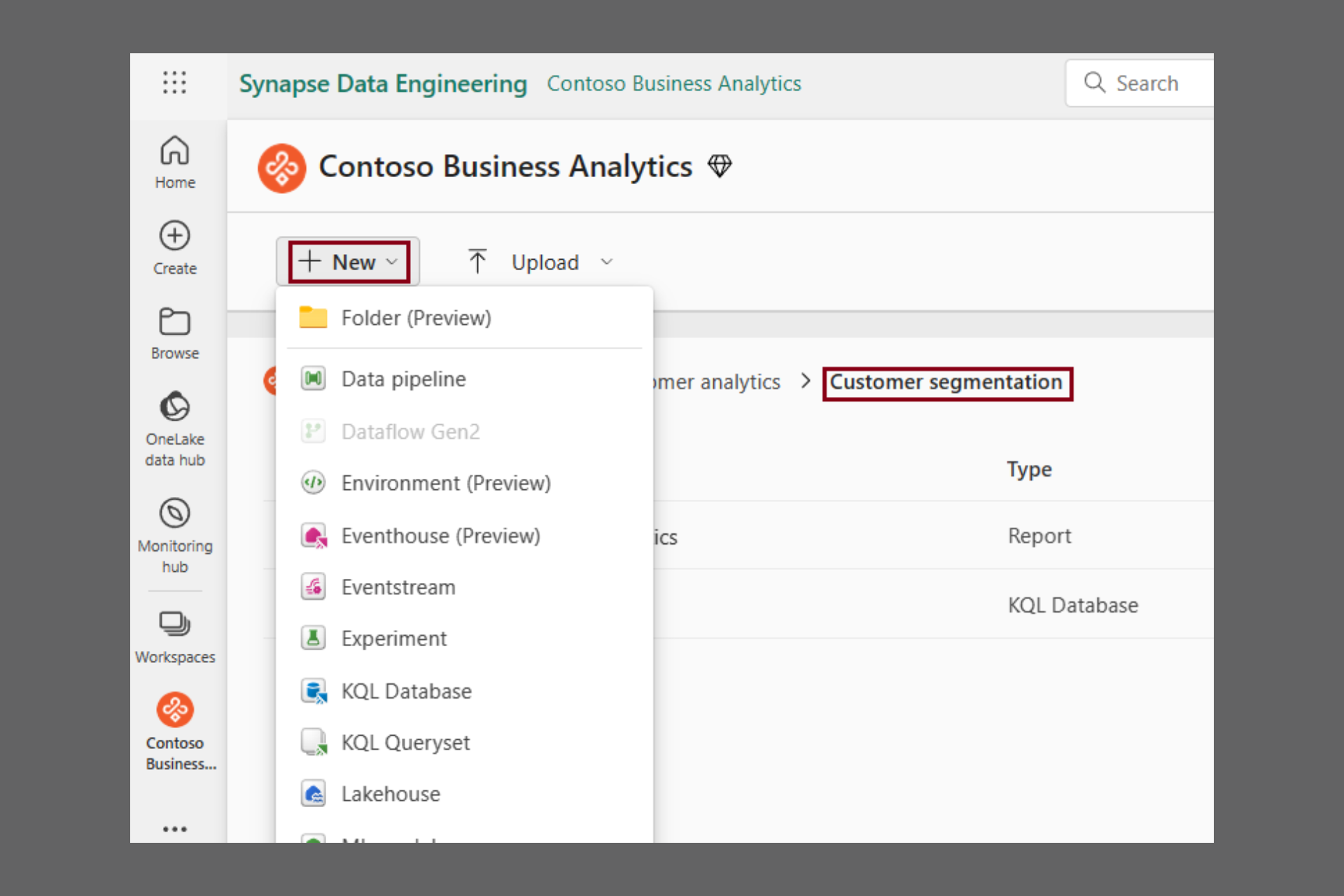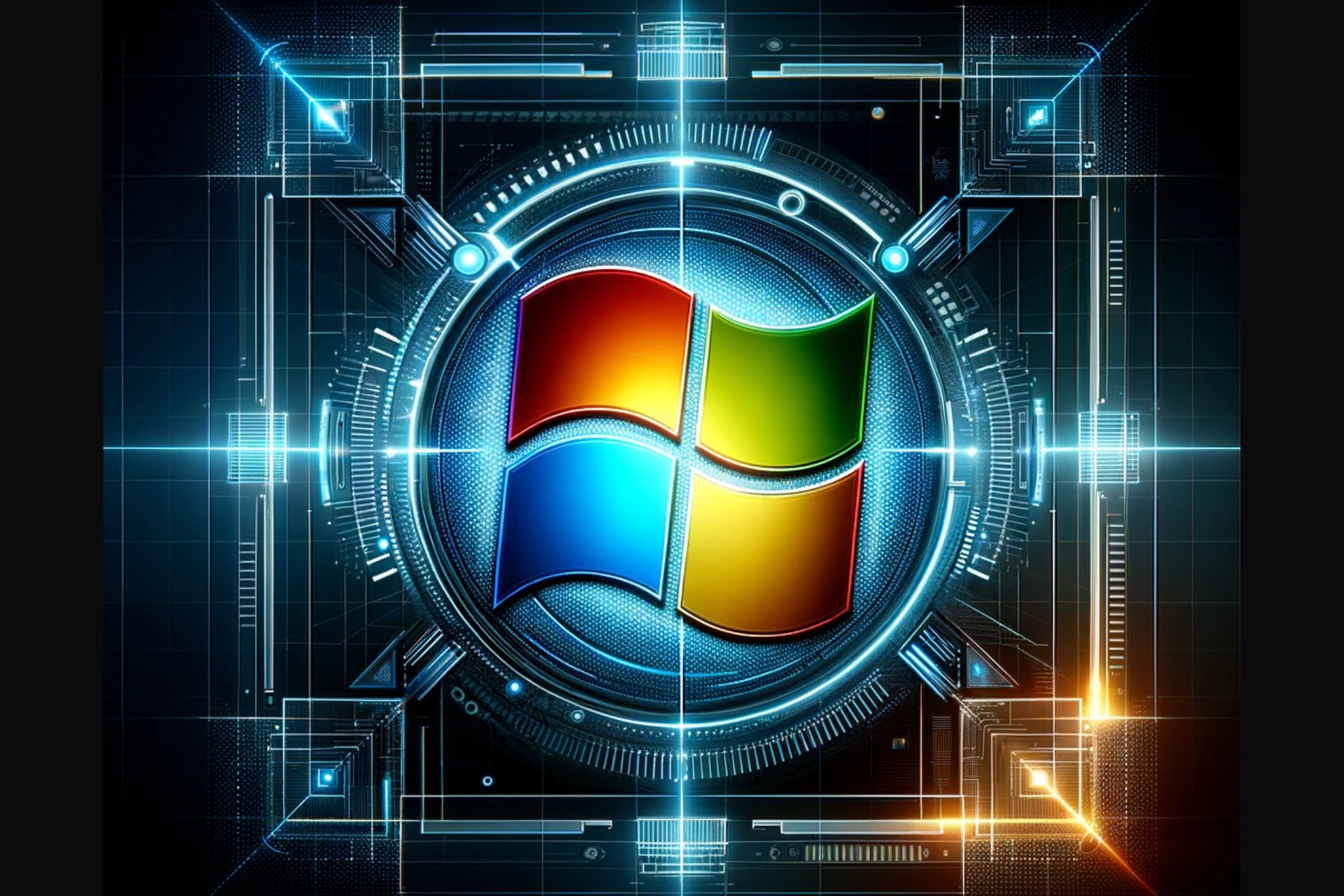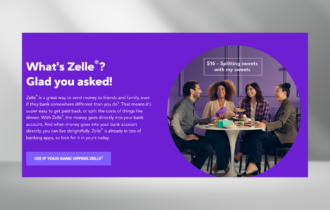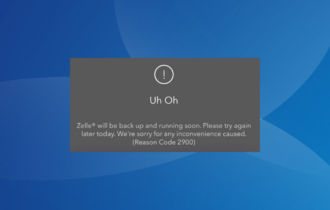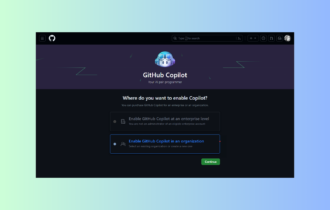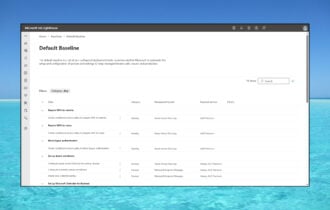What is Microsoft Dynamics AX?
3 min. read
Updated on
Read our disclosure page to find out how can you help Windows Report sustain the editorial team Read more
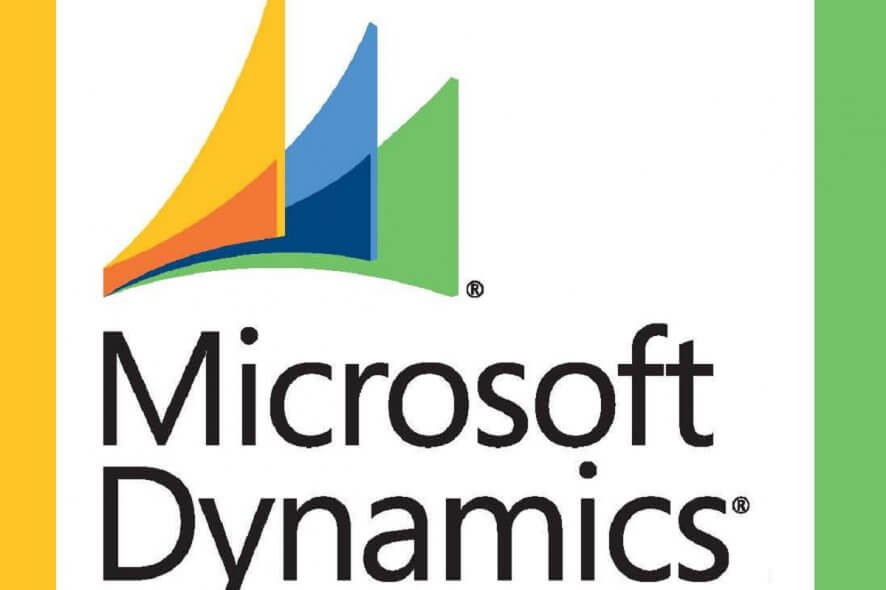
If you own or are at least part of a large-scale enterprise, then you most likely had an enterprise resource planning software product backing you up at one point or another.
Such products are rather a niche, so it was easy to choose the good ones from the bad ones.
One such product was Microsoft Dynamics AX, one of Microsoft‘s enterprise resource planning software products that was part of the Microsoft Dynamics family.
What does Microsoft Dynamics AX do?
This powerful ERP solution helps global enterprises organize, automate, and optimize their processes. More so, Microsoft Dynamics AX is simple and intuitive to use and is quick to provide you with a return od investment after implementation.
Thorugh better organization, it can help improve your company’s overall performance by doing the following:
1. More efficient expansion
It lets you expand your company’s financial performance by centralizing the workflow in a single processing center. This is all while adapting to regional particularities, such as the regulations of the various countries you are expanded to or planning to expand to.
2. Increased productivity
The various tools in Microsoft Dynamics AX help your employees make better decisions by automating certain tasks and utilizing smart AI and prioritizing certain solutions over the others in the most efficient manner.
3. It grows with your company
A company is meant to grow, and the Microsoft Dynamics AX toolset adapts to a growing enterprise. IT takes into account the increased workflow, the changing number of employees, the increased needs of the company, the expanded business possibilities, and more.
4. Better in-company reporting
While efficiency can never reach 100% except in theoretical systems, getting as close to its is a surefire way of decreasing losses. Microsoft Dynamics AX allows you to get better assessments of your company’s resources, allowing you to have fewer losses and more gains.
The evolution of Microsoft Dynamics AX
However, times change, and Microsoft Dynamics AX has evolved and has been rebranded to Dynamics 365 for Finance and Operations.
This was then further separated into two services:
- Dynamics 365 Finance
- Dynamics 365 Supply Chain Management
This change came as a response to make the program a bit more approachable. This is because while the original program did have all the tools a business may need to evolve, it seemed too overwhelming for some.
As such, the toolset was split and grouped, and the two programs can be used separately.
Closing thoughts
Everyone in the world is evolving, some faster than others. This leads to a visible imbalance between those using AI-assisted software for business and those that don’t.
Old-fashioned management can be more efficient in small-scale companies. The problem is that they become an obsolete approach ones your enterprise reaches a national or international scale.
Do you think using computer-assisted guidance is good for business? Let us know what your opinions are in the comment section below.
RELATED ARTICLES YOU SHOULD CHECK OUT:


